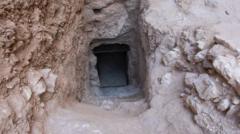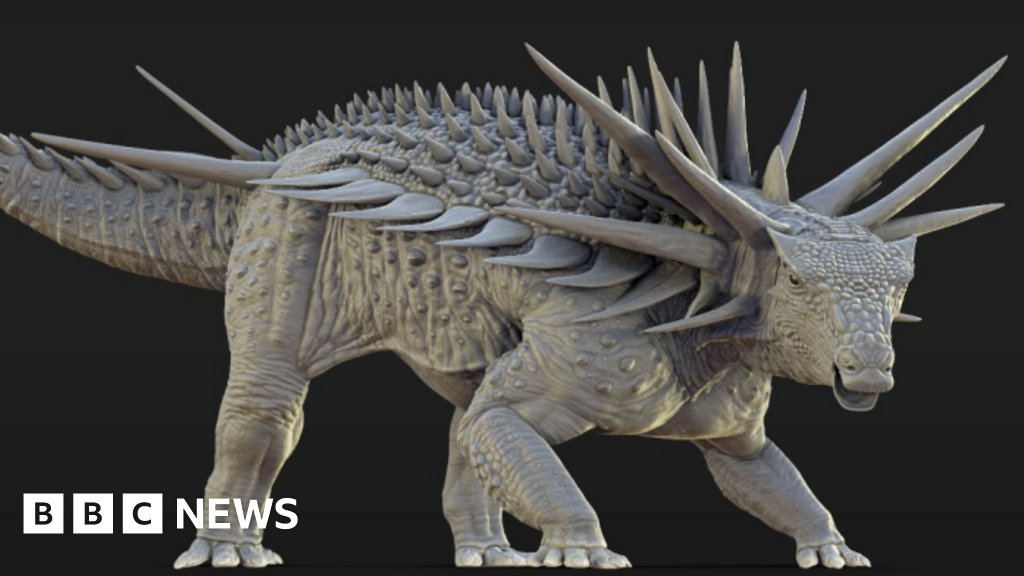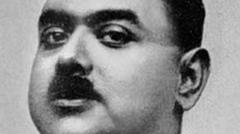Archaeologists have made headlines with the possible unveiling of a second tomb belonging to Pharaoh Thutmose II, a discovery that could reshape our understanding of ancient Egyptian royal burials. British archaeologist Piers Litherland announced that the site is situated in the Western Valleys of the Theban Necropolis near Luxor, building on the momentum generated by last week’s announcement of a newly discovered tomb related to Tutankhamun.
Mr. Litherland's suspicions are based on findings that suggest the first tomb may have been emptied just six years post-burial due to flooding, with the pharaoh's remains relocated to this second site. This potential tomb, as experts predict, is concealed beneath a substantial man-made mound composed of limestone, ash, rubble, and mud plaster, ingeniously crafted to mimic a natural mountain landscape.
Notably, the team’s previous discovery further supports this theory. While searching for Thutmose II's first burial site, they stumbled upon an inscription hinting that his wife and half-sister, Hatshepsut, may have moved the remains nearby following the initial flooding incident. Now, researchers are cautiously excavating this new site by hand, prioritizing safety over quick access, as attempts to tunnel have been deemed hazardous. Mr. Litherland expressed optimism about unearthing the tomb fully within the next month.
Upon gaining entry into the tomb linked to Thutmose II, the archaeologists were astounded by the decorations, traditionally associated with royal burials. Notably, part of the ceiling seen during the exploration features stunning blue paint adorned with yellow stars—symbolic artwork exclusive to royal tombs, further affirming their discovery's significance.
The emotional impact of such discoveries is profound for archaeologists like Mr. Litherland. Encountering unexpected finds can elicit overwhelming feelings of wonder and respect for the ancient history they uncover.
Thutmose II, reigning from approximately 1493 to 1479 BC, is acclaimed for his marriage to the formidable Queen Hatshepsut, often celebrated as one of the most powerful female pharaohs to govern Egypt in her own right. As the lineage flows, Thutmose II is also recognized as an ancestor of the famous Tutankhamun, whose tomb was famously unearthed in 1922.
With these discoveries, the world watches in anticipation as more secrets of ancient Egypt emerge, alongside reminders of the intricate history shaped by its pharaohs.
















